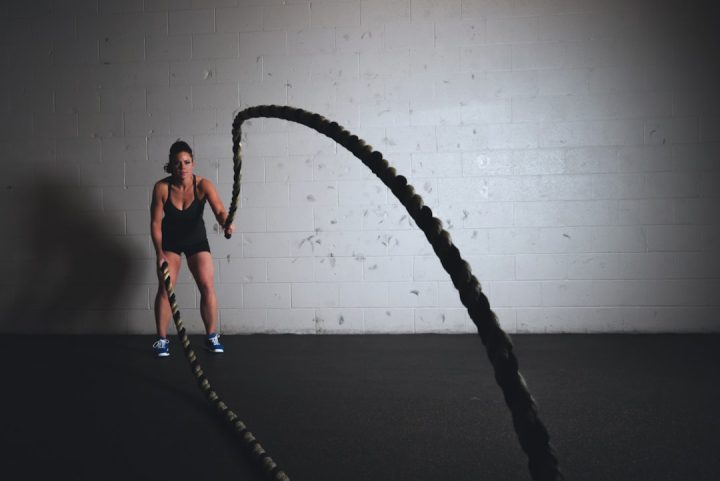Getting on a treadmill should be all about sweating, not guessing. If you’re an Apple Health user, you’ve probably wondered: Can it track your treadmill runs? The answer is *yes*—but there’s a bit more to the story. Let’s break it down in simple terms so you can focus on your workout, not your tech!
Apple Health: What Does It Track?
Apple Health is like your personal fitness assistant. It gathers tons of data from your iPhone, Apple Watch, and connected apps to track your health. It can monitor heart rate, steps, and even sleep patterns. But when it comes to treadmill workouts, things get a little tricky. Why? Because treadmills are stationary—you’re running, but not *moving*. No GPS signals to track your distance.
Does this mean your treadmill sessions go unrecorded? Not at all. Let’s dive into how Apple Health handles this.
How to Track Treadmill Workouts with Apple Health
Apple Watch is the magic ingredient. It uses its sensors to detect movement, pace, and heart rate. So yes, it can track your treadmill activity. Here’s how to make it work:
- Use the “Indoor Run” mode: Before starting your workout, open the Workout app on your Apple Watch and select Indoor Run. This tells the watch you’re on a treadmill, not jogging through the streets.
- Calibrate your stride: Apple Watch learns your stride length over time. The more you run outside (with GPS), the better it will understand your pace indoors.
- Sync with Apple Health: After your run, all the data—including calories burned, distance, and heart rate—automatically appears in the Apple Health app.
Pro tip: Make sure to wear your Apple Watch snugly. A loose fit can make heart rate readings inaccurate.
What About Treadmill Machines?
If your treadmill has its own data display, you might notice a slight difference between what the treadmill says and what Apple Health records. Annoying, right? Here’s why:
- The treadmill guesses: Most treadmills calculate calories and distance using standard formulas. These don’t account for your unique height, weight, or fitness level.
- Your Apple Watch knows you better: It’s tracking your real-time heart rate, motion, and past data for a more customized result.
The good news? You can manually log the treadmill’s metrics if you think it’s more accurate. Open the Health app, tap “Add Data,” and input the numbers yourself. Problem solved!
Can I Use Third-Party Apps?
Absolutely! Plenty of fitness apps sync with Apple Health to enhance treadmill tracking. Some even let you pair directly with certain treadmill brands. Here are a few popular options:
- Strava: Great for runners. Syncs with Apple Health and tracks treadmill activity.
- Zwift: A fun virtual running experience. You can even run through virtual worlds!
- Peloton: Perfect if you love guided treadmill workouts.
Explore these apps to see what fits your style, and don’t forget to grant them permission to share data with Apple Health.
Quick Troubleshooting for Treadmill Tracking
If Apple Health isn’t tracking your treadmill activity, don’t panic. Try these simple fixes:
- Make sure your Apple Watch is updated with the latest software.
- Check the settings in the Health app to confirm “Workout” data is enabled.
- Calibrate your watch by taking a brisk *outdoor* walk for at least 20 minutes.
If all else fails, restart both your iPhone and Apple Watch. Sometimes, tech just needs a little nudge!
Final Thoughts
Tracking treadmill workouts with Apple Health is pretty straightforward, especially if you have an Apple Watch. Using the Indoor Run mode and calibrating your stride means all your sweat equity gets counted. Plus, there’s room to explore apps or even manually tweak your data for ultimate accuracy.
So the next time you hit that treadmill, let Apple Health handle the numbers while you focus on crushing your goals. Happy running!
